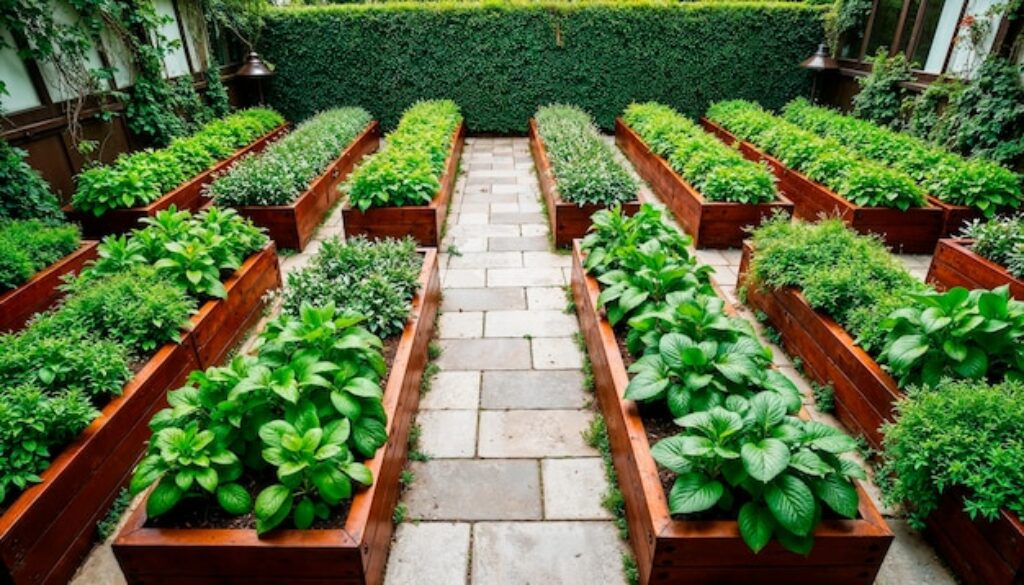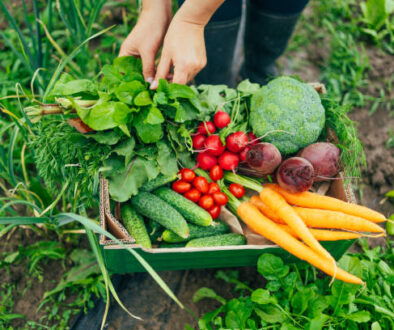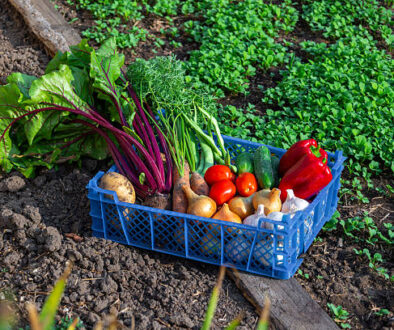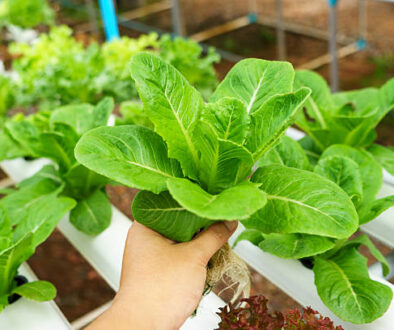Medicinal Herb Garden Guide: What to Plant and Why It Matters
This post may contain paid and/or affiliate links. I may earn a small commission at no extra cost to you.
A medicinal herb garden is more than a pretty backyard, but it’s really a personal pharmacy.
Growing your own medicinal plants allows you to have natural remedies on hand for common ailments, supports overall wellness, and connects you to nature in a meaningful way.
Whether you’re a beginner or an experienced gardener, knowing what to plant and why can make your healing garden both beautiful and more practical.
Why a Medicinal Herb Garden Matters
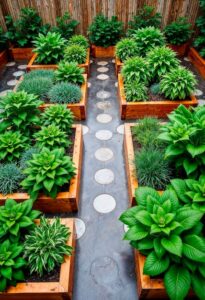
Medicinal herbs have been used for centuries to treat everything from digestive issues to stress and minor injuries. By growing your own herbs, you can:
- Ensure you have fresh, organic plants available.
- Reduce dependence on processed remedies.
- Learn more about natural healing and sustainable living.
- Enjoy a relaxing and productive hobby.
A well-planned medicinal herb garden combines plants that are easy to grow, versatile in use, and effective for common health concerns.
Related:
- The 10 Medicinal Plants You Must Have in Your Backyard
- 14 Herbs That Grow Perfectly Well In Buckets Anytime Of The Year
1. Chamomile – Calming and Digestive Aid
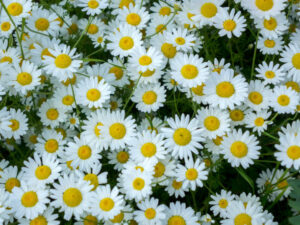
Chamomile is one of the most versatile herbs. Its flowers can be brewed into tea to promote relaxation, support digestion, and aid sleep. Chamomile grows easily in sunny spots and well-drained soil.
Tip: Harvest flowers when fully open and dry them for later use.
2. Peppermint – Digestive and Headache Relief
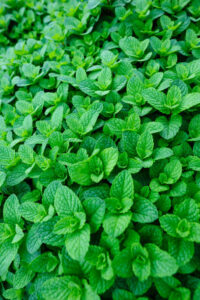
Peppermint is easy to grow and extremely versatile. It helps with bloating, nausea, and headaches. Because it spreads quickly, plant peppermint in a container or a designated area to keep it under control.
Tip: Crush fresh leaves for tea or inhalation when needed.
3. Lavender – Relaxation and Skin Health
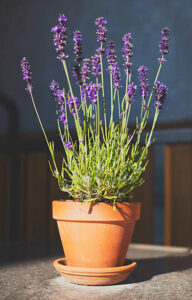
Lavender’s calming scent is well-known, but it also has antiseptic properties. Its flowers can be used in teas, baths, or homemade oils. Lavender thrives in sunny spots and well-drained soil.
Tip: Trim flowers before full bloom to encourage continuous growth.
4. Echinacea – Immune Support
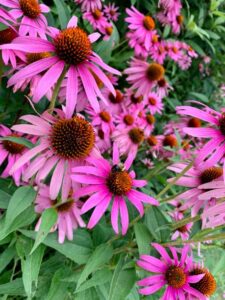
Echinacea is a powerful herb for boosting immunity. Its roots and leaves can be used in teas, tinctures, and salves. Planting echinacea also adds color to your medicinal herb garden with its striking purple flowers.
Tip: Choose sunny, well-drained locations for best results.
5. Lemon Balm – Stress Relief and Digestion
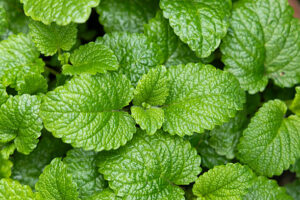
Lemon balm is a hardy herb that grows quickly. It helps reduce stress, supports digestion, and can promote restful sleep. Its bright lemony scent makes it a delightful addition to any garden.
Tip: Consider growing it in a container to manage its spread.
6. Calendula – Skin Care and Anti-Inflammatory
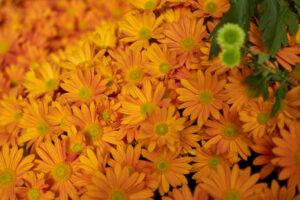
Calendula is known for its soothing effects on the skin. Its petals can be used in salves, oils, and teas. Calendula also attracts pollinators, helping your garden thrive.
Tip: Harvest petals when fully open and dry for future use.
7. Holy Basil (Tulsi) – Adaptogen for Stress
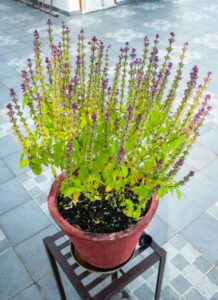
Holy basil supports immunity and helps the body cope with stress. Fresh leaves can be used in teas or remedies for a natural wellness boost. Tulsi is easy to grow in sunny areas or in containers indoors.
Tip: Regularly prune to encourage bushy, healthy growth.
Tips for a Successful Medicinal Herb Garden
- Start small: Begin with a few versatile herbs and expand gradually.
- Sunlight: Most medicinal herbs need 6–8 hours of sun per day.
- Soil: Use well-draining soil to prevent root rot.
- Watering: Herbs prefer slightly dry soil between waterings.
- Harvest wisely: Pick leaves and flowers at peak potency for the best results.
Conclusion
A medicinal herb garden allows you to grow your own natural remedies, connect with nature, and enjoy fresh, healthy herbs at your fingertips.
By starting with plants like chamomile, peppermint, lavender, and calendula, you can create a beautiful, practical, and effective healing herbs garden.
FAQs
Q1: Can these herbs grow indoors?
Yes. Herbs like chamomile, peppermint, and lemon balm grow well in pots with adequate sunlight or grow lights.
Q2: How soon can I harvest herbs?
Most herbs are ready in 6–8 weeks, though flowers like chamomile and calendula may need to bloom first.
Q3: Are medicinal herbs safe to use daily?
Generally, yes, but check individual herb safety if pregnant, nursing, or on medication.
Q4: Do I need a large yard for a medicinal herb garden?
Not at all. Even a small patio or balcony can accommodate a thriving medicinal herb garden.
